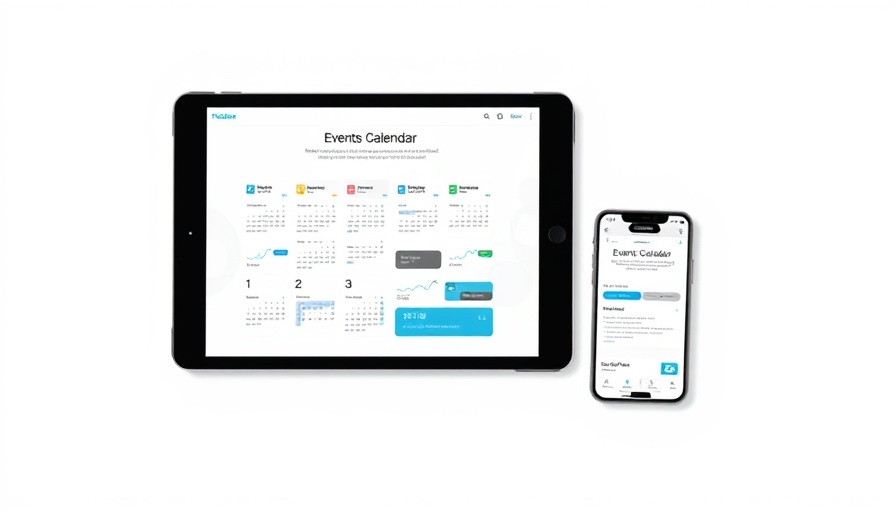
How Modern Events Calendar Transforms Event Planning
In an era where event management has moved into the digital realm, leveraging the right tools is crucial for success. Webnus’s Modern Events Calendar (MEC) emerges as a game-changer for businesses and individuals aiming to orchestrate events seamlessly. Whether it's a corporate seminar, a community fair, or a niche workshop, the challenge of coordinating multiple aspects—from ticket sales to schedules—can be daunting. The Modern Events Calendar simplifies this process, empowering users to create, manage, and execute events flawlessly.
Flexibility and Design: Key Features of MEC
The Modern Events Calendar isn’t just a scheduling tool; it’s a comprehensive event management solution that boasts a myriad of features designed to meet diverse needs. Notable functionalities include:
- Advanced Booking Capabilities: The Pro version of MEC offers dynamic booking systems, enabling attendees to reserve their spots directly on your event page. This streamlines registrations and enhances user experience.
- Diverse Layout Options: From Countdown to Carousel views, MEC provides over 50 engaging layouts, ensuring that your events are not only functional but also visually appealing. This is particularly beneficial for marketing campaigns aimed at drawing in attendees.
- Seamless Integrations: MEC stands out due to its capability to integrate with Google Calendar, WooCommerce, Mailchimp, and other platforms, creating a unified event management ecosystem that drives efficiency.
By integrating these features, users can craft their event pages without the necessity for deep technical knowledge or heavy development work, making it approachable for users at all skill levels.
Why Businesses Are Shifting to MEC
As competition grows, businesses are increasingly relying on efficient solutions to enhance their operational capacity. The Modern Events Calendar lends this edge, particularly for solopreneurs and small to medium-sized businesses. By simplifying the intricate process of event management, companies can concentrate on what matters most: connecting with their audience and enhancing the value they provide.
Users have raved about the plugin for its adaptability. It smoothly transitions between managing hybrid events, workshops, and large conferences. For example, its ability to handle multi-track conference schedules means that companies can cater to a broader audience while keeping their operations streamlined.
The Future of Event Management with MEC
Looking ahead, the demand for comprehensive solutions like MEC will escalate as the event landscape continues to evolve. With numerous businesses leaning toward hybrid and virtual formats, tools that facilitate these transformations will likely gain traction. The future of event planning represents a pivotal opportunity for those willing to embrace technology.
Moreover, as the technology behind event management platforms continues to improve, we can expect further enhancements in user experience. The quality of event execution could redefine audience expectations, making it essential for businesses to choose tools that not only meet current demands but also anticipate future trends.
Closing Thoughts: Elevate Your Event Management Strategy
To remain competitive in today’s fast-paced market, adopting advanced solutions like Modern Events Calendar is no longer an option but a necessity. By leveraging MEC, businesses can streamline their operations while delivering engaging and memorable experiences to their target audience. It’s time to step away from fragmented event management and embrace a holistic tool that can elevate your event planning approach.
By investing in the right technology, businesses are not just organizing events; they’re crafting experiences that resonate, inspire, and engage. The choice is clear—seamless event management awaits with Modern Events Calendar.
 Add Row
Add Row  Add
Add 




Write A Comment